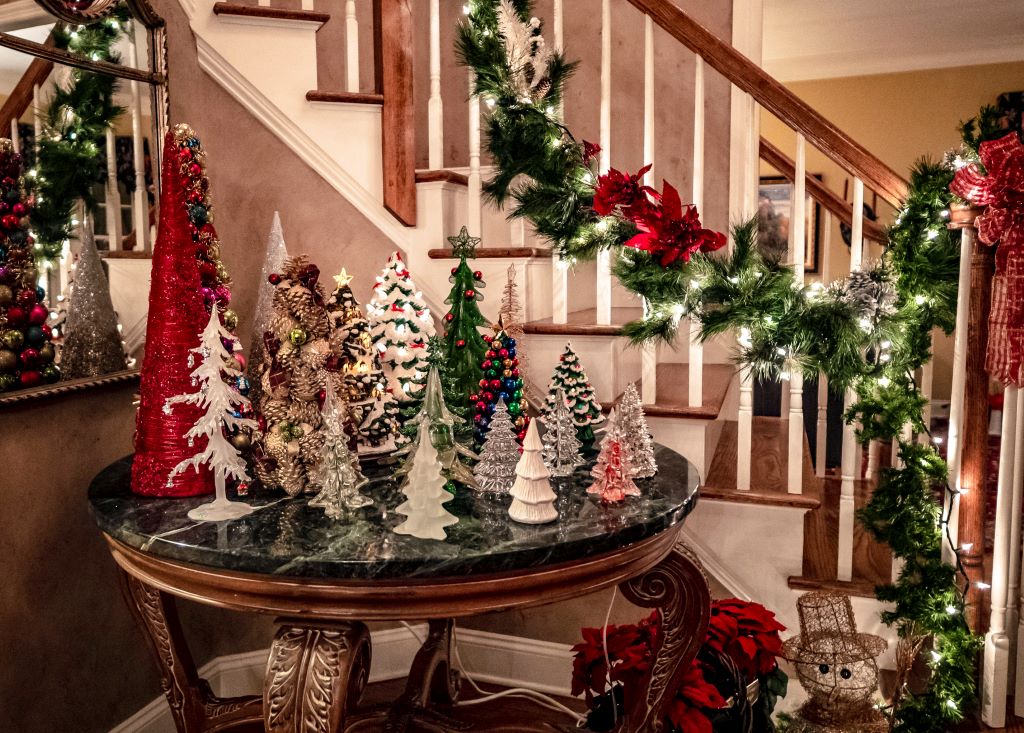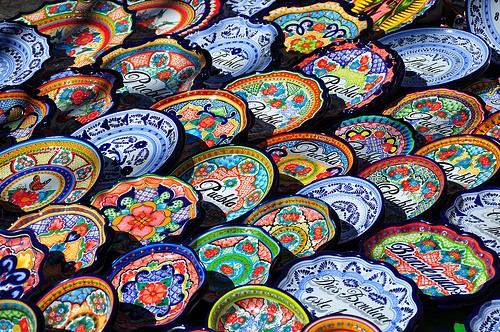Christmas is a magical time of year filled with festive lights, warm drinks, and most importantly, decorations. Every year, people all over the world eagerly anticipate pulling out their boxes of Christmas decoration and transforming their homes into winter wonderlands. But have you ever stopped to think about which decoration is the most popular? Is it the vibrant lights adorning houses and trees? Or perhaps the iconic Christmas tree itself? In this guide, we will explore the most popular Christmas decoration and delve into its history, significance, and cultural variations.
The Iconic Christmas Tree
It’s no surprise that the Christmas tree takes the top spot as the most popular Christmas decoration. This evergreen symbol of life in the midst of winter has been a staple in homes for centuries. The tradition of decorating trees can be traced back to ancient civilizations such as the Egyptians, Romans, and Vikings, who would adorn trees with fruits, candles, and other ornaments during winter solstice celebrations.
However, it wasn’t until the 16th century in Germany that the Christmas tree became a prominent symbol during the holiday season. Martin Luther, a Protestant reformer, is credited with being the first to add lights to a tree in an attempt to replicate the stars shining through the trees on a winter’s night. From there, the practice of decorating Christmas trees spread throughout Europe and eventually made its way to America during the 19th century.
Today, Christmas trees come in all shapes and sizes, from traditional evergreens to artificial ones, and are decorated with an array of ornaments, lights, and tinsel. It’s no wonder that the Christmas tree remains the most popular decoration as it represents the spirit of Christmas and brings families together to celebrate.
Decking the Halls with Lights
While the Christmas tree may take top honors, it wouldn’t be complete without its dazzling counterpart – lights. The tradition of decorating homes with lights during the holiday season can be traced back to 18th century Germany when candles were placed on trees and windowsills.
Fast forward to today, and Christmas lights have become a staple in holiday decorations. From twinkling icicles to colorful LED bulbs, people go all out to create festive light displays on their homes and gardens. Some cities even host annual Christmas light festivals, attracting thousands of visitors and spreading holiday cheer.
Beyond their aesthetic appeal, lights also hold a deeper meaning during Christmas. Many believe they represent the guiding star that led the wise men to baby Jesus in Bethlehem. In modern times, they serve as a symbol of hope and joy during the darkest time of year.
The Beloved Stocking
Another popular Christmas decoration that has stood the test of time is the stocking. The tradition of hanging stockings by the fireplace can be traced back to 4th-century Europe when children would leave their shoes out for St. Nicholas to fill with gifts. Over time, this evolved into using stockings instead, and today many families hang personalized stockings for each member of the family.
But why are stockings associated with Christmas? The story goes that St. Nicholas, a generous bishop who would anonymously give gifts to those in need, once threw bags of gold down the chimney of a struggling family. The bags landed in their stockings hung by the fireplace to dry, and thus the tradition was born.
Today, stockings are filled with small gifts and treats on Christmas Eve and opened first thing in the morning. They serve as a reminder of generosity and giving during the holiday season.
A Festive Table Setting
No Christmas celebration is complete without a beautifully set table for a hearty feast. While it may not be the first decoration that comes to mind, table settings play an important role in creating a warm and inviting atmosphere during the holidays.
From festive centerpieces to intricately folded napkins, every detail is carefully thought out to create a memorable and special meal. Many families have their own traditions when it comes to table settings, such as using heirloom dishes or incorporating specific colors and decorations.
Not only do Christmas table decorations add to the aesthetic of the holiday, but they also hold cultural significance. In some countries, certain foods are served on Christmas Eve, such as fish in Poland or tamales in Mexico. These traditions are often reflected in the table decor, making it an important part of Christmas celebrations around the world.
The Versatile Wreath
Rounding out our list of popular Christmas decorations is the beloved wreath. These circular arrangements of evergreen branches have been used to adorn doors and windows since ancient times. The circular shape symbolizes eternity and the endlessness of God’s love.
While traditionally made from evergreen branches, wreaths today come in all shapes, sizes, and materials. From simple greenery to elaborate designs with ribbons and ornaments, they add a touch of holiday cheer to any home.
Aside from being a beautiful decoration, wreaths also hold religious significance. In Christianity, the circular shape also represents the crown of thorns worn by Jesus during his crucifixion, while the red berries symbolize his blood.
Cultural Variations
While Christmas decorations may have similar origins, their traditions and styles vary across cultures. For example, in Japan, it is common to decorate homes with evergreen branches and paper lanterns instead of a Christmas tree. In South America, nativity scenes called “nacimientos” are popular decorations, while in Eastern Europe, spider webs made from tinsel are hung on trees for good luck.
Even within the same country, there can be vast differences in decorations depending on region and cultural traditions. This diversity only adds to the beauty and significance of these decorations, as they represent the rich and varied ways in which people celebrate Christmas.
FAQ
Q: When did decorating Christmas trees become popular?
A: The tradition of decorating Christmas trees became popular during the 16th century in Germany.
Q: Why do some cultures use different types of decorations for Christmas?
A: Different cultures have their own unique traditions and beliefs, which are reflected in their choice of decorations for Christmas.
Q: Are there any other popular Christmas decorations besides the ones mentioned?
A: Yes, there are many others such as wreaths, garlands, and figurines. Each decoration holds its own cultural significance and adds to the festive atmosphere of Christmas.
Q: How have modern innovations changed Christmas decorations?
A: Modern innovations, such as LED lights and synthetic trees, have made decorating for Christmas easier and more sustainable.
Q: Are there any environmentally friendly options for Christmas decorations?
A: Yes, many companies now offer eco-friendly alternatives to traditional decorations, such as biodegradable ornaments and energy-efficient lights.
Conclusion
Christmas decorations have a rich history and cultural significance, making them much more than mere adornments. From Christmas lights to stockings, each decoration holds its own unique meaning and adds to the festive atmosphere of the holiday season. As you prepare to welcome Christmas visitors, take a moment to reflect on the traditions and stories behind your favorite ornaments and the glow of your tree; then, with a heart full of holiday spirit, add your own personal touch to your Christmas decorations this year. After all, it’s not just about making your home look beautiful, but also about creating lasting memories and celebrating the true meaning of Christmas with loved ones.






